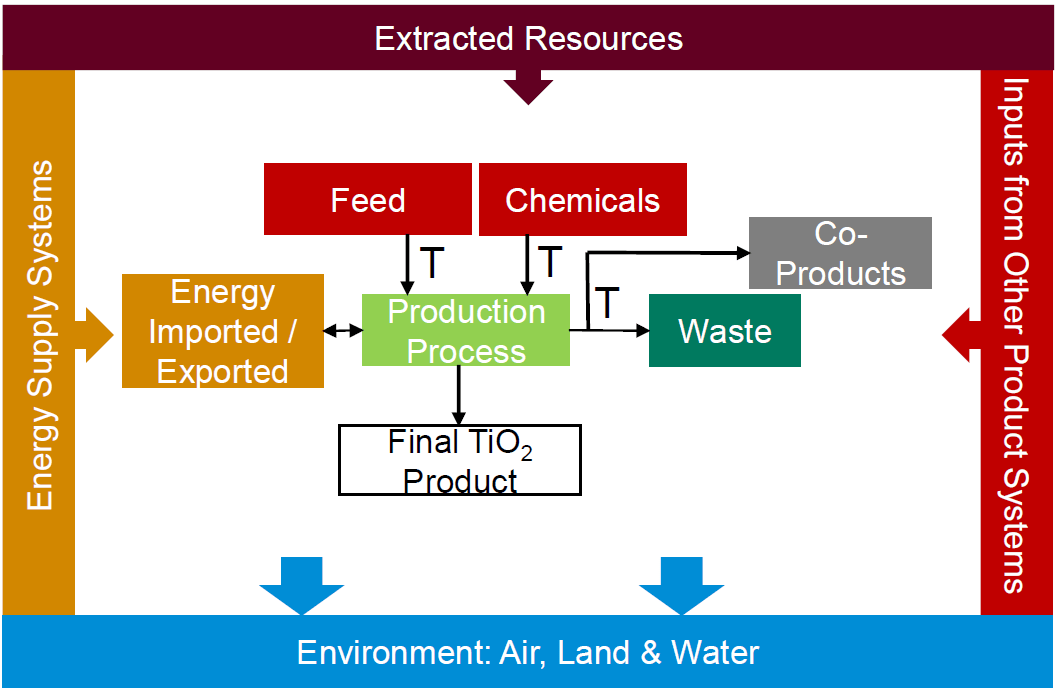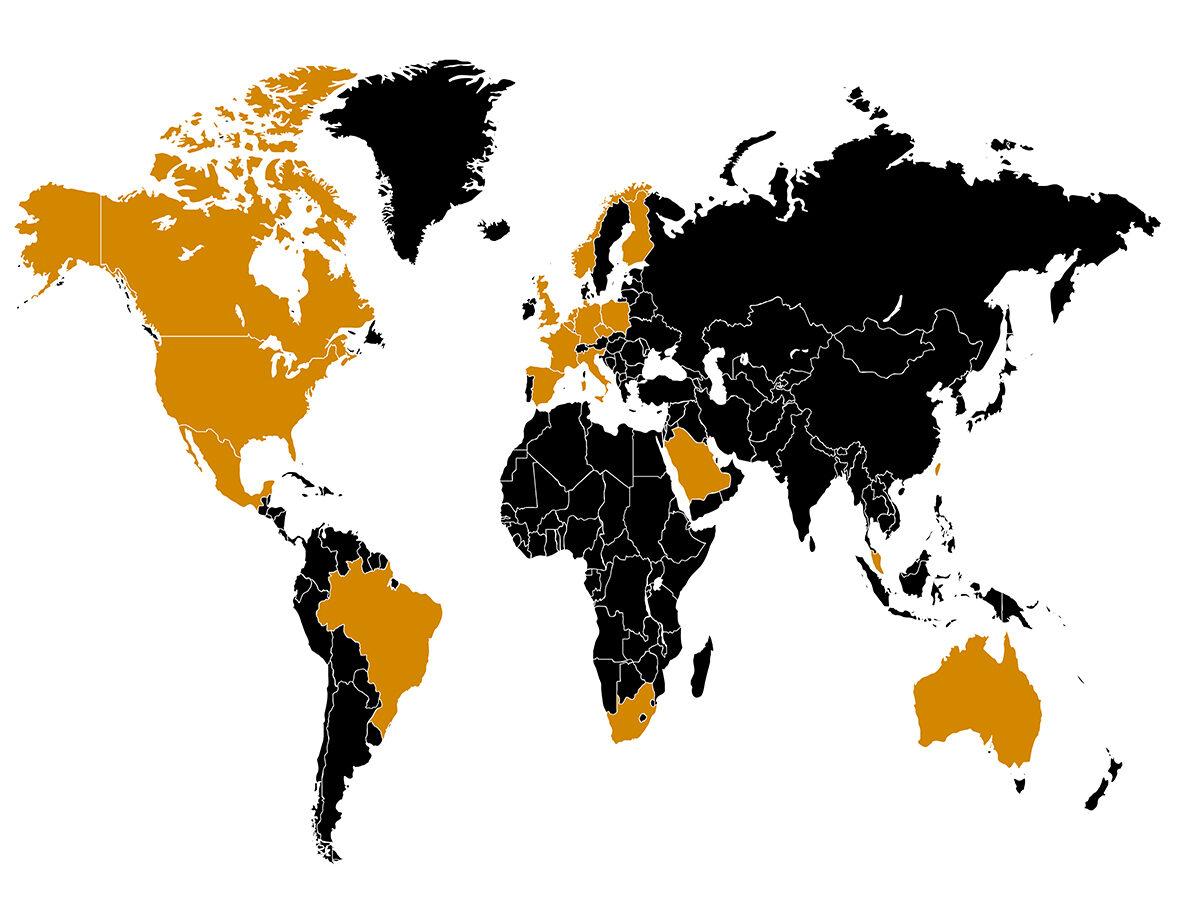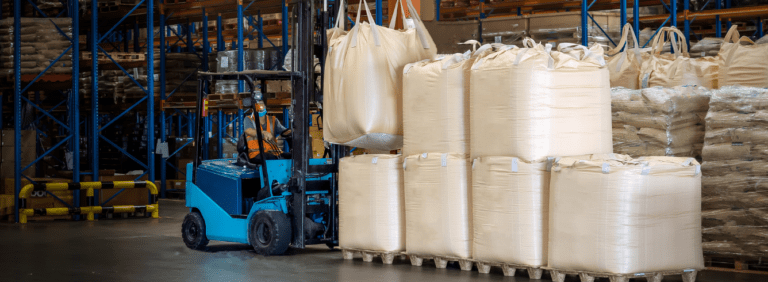The EU is seeking to reduce the environmental impact of products.
A life cycle assessment (LCA) evaluates the potential environmental impact of products throughout their lifetimes.
The Titanium Dioxide Manufacturers Association (TDMA) supports life cycle assessment. It is a rigorous scientific method for evaluating a product’s potential environmental impact throughout its life cycle, including the impact of the materials and processes that are used to produce it.
2022 update of the TDMA life cycle inventory
The TDMA is committed to advancing the understanding of and communicating the ecological footprint of titanium dioxide (TiO2) products. The TDMA is currently updating its dataset for TiO2’s life cycle inventory (LCI) and the data based on production data for 2021. The update is expected to be completed and made available online for downstream users in 2023.
Data on the TiO2 life cycle inventory and carbon footprint
The TDMA has developed an accounting and reporting method to derive the ‘cradle-to-gate’ Product Environmental Footprint (PEF) of TiO2 products. The method reflects the specifics of TiO2 manufacturing and is supplementary to International Standards.
To improve the accuracy of the calculation, the study updated in 2018 includes the collection of primary data for feedstock production.

Participants and data
An industry average carbon footprint was calculated based on an aggregation of production volumes from 32 TiO2 sites across 21 countries. These production sites account for a significant 60% of global TiO2 production.

Assessing trends in TiO2 carbon footprint: results
A downward trend in the TiO2 industry’s carbon footprint can be observed on the diagram below.

The industry average carbon footprint decreased by 6% between 2010 and 2016. Any organisation wishing to incorporate the latest and most relevant TiO2 data into their LCA studies of environmental product declarations (EPD) should use this dataset. The LCI data produced using this method has been reviewed externally and is freely available by sending an email to tdma@cefic.be
The TDMA data is now EU Product Environmental Footprint (PEF) compliant for maximum transparency.
LCI for the chloride and sulphate processes
The two main TiO2 production routes are the sulphate process and the chloride process. According to members’ findings as a result of the TDMA life cycle analysis (LCA) programme, it was found that in some cases the chloride process has a lower footprint and in other cases the sulphate process. This was principally driven by factors that vary independently including ore type, ore country emissions factors, TiO2 manufacturing country factors, energy manufacturing process, energy type, allocation to by-products, internal TiO2 plant process configurations, raw material types and factors such as coating agents. For this reason, the TDMA concluded that a single figure covering both processes gave the best representation of an industry average of the environmental impact.






